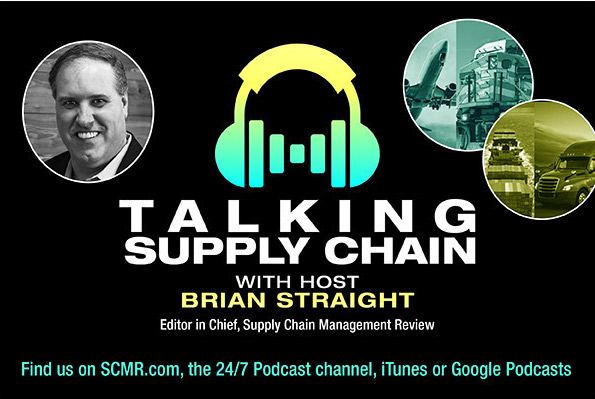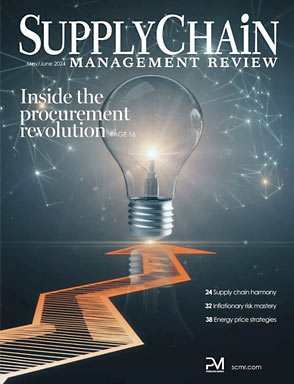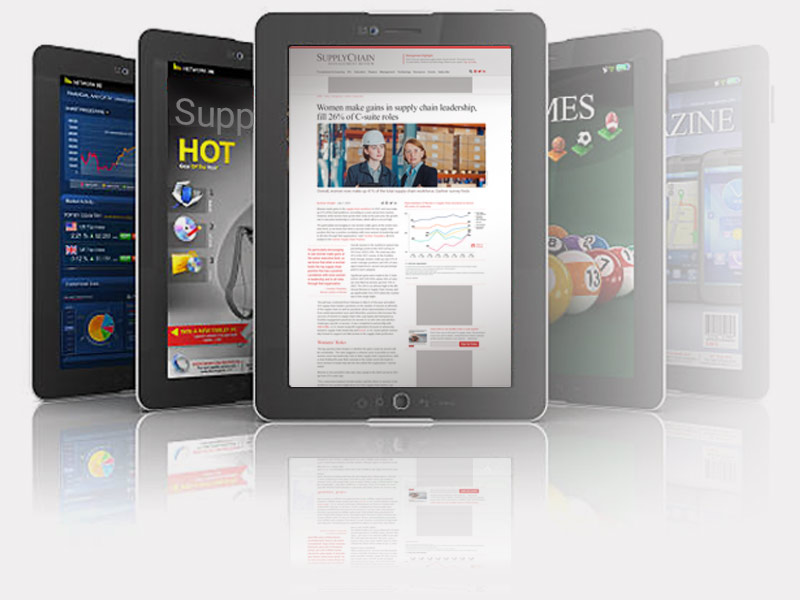Supply chains are entering a new era. We’re all aware of the backed-up ports and the shortages—the world has unleashed a wave of pent-up demand on a massive scale. The capacity to produce and then distribute the goods has discovered that global supply chains are put together like Rube Goldberg machines, meaning they have more bottlenecks than a cola factory, and each delay along the way feeds the next.
In the short run, global supply chains have moved an amazing amount of goods and will continue to do so. Supply chain managers have a solid record of accomplishment when it comes to dealing with bottlenecks. One former boss of mine started his career in 1948 unloading bags of coal for Operation Vittles, also known as the Berlin Airlift—one of many logistical and supply chain responses to crises that we should all be proud of.
Although production and information technology have progressed since 1948, transportation and logistics still move at nearly the same pace, and physical bottlenecks require physical interventions, which are inherently slower to implement and slower paced than just about any other aspect of supply chain management.
To avoid the situation of delays feeding delays, there are remarkably few options. At the core of all of these options is the need to reduce the total supply chain cycle time from raw materials to end customer.
- Reduce the number of supply chain tiers. Fewer layers mean fewer opportunities for delays.
- Shorten supply chains. You can source locally, or at least closer to home, and therefore reduce lead times while improving control and oversight due to reduced geographic dispersion, not to mention greater opportunities for logistical connectivity.
- Change product designs so that they require inputs from fewer suppliers.
- Change distribution networks so that you deliver directly to customers, which both reduces intermediaries and increases transparency and opportunities for demand management.
- Change production technologies to improve flexibility and responsiveness to market demands.
- Anticipate possible crisis scenarios and expend massive capital to pre-position critical inventory stockpiles in key locations.
One thing that will not happen will be the change from our current outsourced model. In fact, I predict outsourcing will increase as a strategy. The reason is simple: outsourcing provides flexibility to mix and match capabilities from suppliers at a time when flexibility is the most powerful competitive advantage, especially when flexibility is combined with reduced total supply chain cycle time.
Instead, we’ll see companies that vertically integrate key capabilities and then provide pre-packaged combinations of outsourced capabilities. We see companies like Apple and Boeing already increasingly rely on this sort of model. It provides a hybrid of sorts to reduce the complexity and the number of bottlenecks, especially when combined with smart product design choices. And it creates a supply chain that more responsive and resource efficient.
Meanwhile, the current Presidential administration seems to have finally taken seriously the importance of supply chains. For too long we have focused on industrial level economic policy, ignoring the new reality of how goods and services are actually produced by interconnected webs of companies. With the launch of the White House’s supply chain dashboard, we may finally get policy focused on how we actually make and deliver everything required to provide for our nation. Hopefully, leaders of industry engage early with policy makers in order to guide their efforts.
SC
MR

Latest Supply Chain News
- Uber Freight’s Val Marchevsky to deliver Keynote at NextGen Supply Chain Conference
- Unlocking the green grid: Innovations for eco-friendly last mile
- Dealing with supply chain complexities with scenario intelligence
- Trust the team, win the customer
- Securing critical minerals during a global trade war
- More News
Latest Resources

 Explore
Explore
Business Management News
- C.H. Robinson rolls out AI agent to address LTL classification overhaul
- Danone latest to announce new US investment
- From flight decks to fulfillment: A veteran’s supply chain journey
- Employee versus enterprise AI adoption
- Uber Freight’s Val Marchevsky to deliver Keynote at NextGen Supply Chain Conference
- Unlocking the green grid: Innovations for eco-friendly last mile
- More Business Management
Latest Business Management Resources

Subscribe

Supply Chain Management Review delivers the best industry content.

Editors’ Picks





